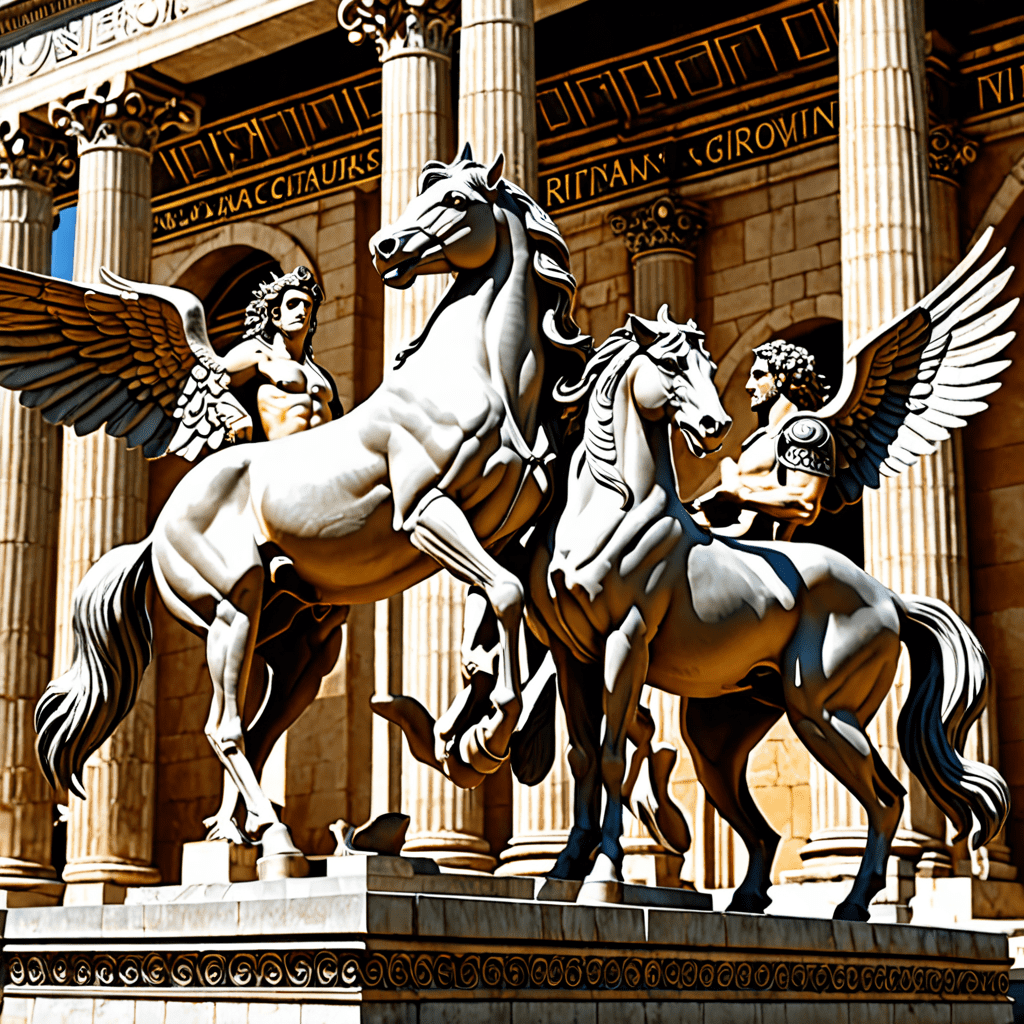The Divine Labyrinth: Sacred Places of Confusion and Clarity
I. Introduction
The labyrinth, a complex and twisting path, serves as a powerful metaphor for the spiritual journey we all embark upon. It embodies the challenges and discoveries we face as we seek to understand ourselves and our place in the universe. Throughout history, sacred places have emerged that resonate with both confusion and clarity, providing individuals the opportunity to engage with their innermost thoughts and feelings.
In today’s fast-paced world, where distractions abound, recognizing and understanding these sacred spaces becomes increasingly important. They offer refuge from chaos, allowing us to reconnect with our true selves and gain insight into our life’s purpose.
II. Historical Significance of Labyrinths
The concept of labyrinths has ancient origins, most famously illustrated by the myth of the Minotaur and the Labyrinth of Crete. This tale speaks to the complexity of our own inner struggles and the journey we undertake to confront and overcome them.
Labyrinths have appeared in various cultures around the globe:
- Greece: The ancient Greeks constructed labyrinths as places for introspection and spiritual significance.
- Native American Traditions: Many Native American tribes used labyrinth-like structures for ceremonial purposes, seeking guidance from the spirits.
- Medieval Europe: During the Middle Ages, labyrinths became prominent in cathedrals, symbolizing the spiritual journey towards God.
As time progressed, the role of labyrinths evolved, adapting to the spiritual and religious practices of different societies, yet retaining their core significance as a pathway to understanding oneself.
III. The Duality of Confusion and Clarity
Confusion is often seen as a negative experience, yet it can serve as a vital pathway to personal growth. When we encounter obstacles on our spiritual journey, we are prompted to delve deeper into our beliefs and values.
Clarity, on the other hand, emerges from the introspection and exploration that occurs within the labyrinth. It is the light that breaks through after navigating the twists and turns of our thoughts and experiences.
Many individuals have shared their experiences of finding clarity through confusion. For example:
- John: After a tumultuous period in his life, John walked a labyrinth and discovered a renewed sense of purpose.
- Susan: Struggling with anxiety, Susan found solace in labyrinth walking, leading her to insights about her fears.
IV. Sacred Sites Around the World
Across the globe, several sacred sites feature labyrinths that invite individuals to explore their inner landscapes:
- Chartres Cathedral: Located in France, this iconic labyrinth is renowned for its intricate design and spiritual significance.
- Grace Cathedral: Situated in San Francisco, the labyrinth here serves as a contemporary space for reflection and meditation.
- Sacred Groves: Many cultures regard natural labyrinths, such as groves and hedgerows, as powerful places for reflection and connection with nature.
V. The Psychology of Navigating Labyrinths
Navigating a labyrinth can be a profound psychological experience. Mindfulness and meditation play crucial roles in this practice, allowing individuals to focus on the present moment and cultivate inner peace.
The psychological benefits of engaging with labyrinths include:
- Reduction in stress and anxiety
- Enhanced creativity and problem-solving skills
- Increased self-awareness
The labyrinth experience often mirrors life’s challenges, as we encounter forks in the path, detours, and unexpected turns. Each step taken within the labyrinth can lead us closer to understanding our life’s journey.
VI. Labyrinths and Spiritual Practices
Labyrinths hold significance in various religious traditions, serving as tools for meditation, prayer, and spiritual exploration. They provide a structured way to connect with the divine and reflect on personal beliefs.
Guided labyrinth walks have emerged as popular forms of spiritual retreats, allowing participants to engage deeply with their thoughts and feelings in a supportive environment. Incorporating labyrinths into personal spiritual practices can enhance one’s connection to the sacred.
VII. Modern Interpretations of the Labyrinth
Contemporary labyrinth designs continue to evolve, reflecting modern sensibilities while retaining their ancient significance. Some notable trends include:
- Wellness and Therapy: Many therapists are incorporating labyrinths into their practices, recognizing their therapeutic benefits.
- Virtual Labyrinths: With the rise of technology, online labyrinth experiences are becoming a new frontier for spiritual exploration.
VIII. Creating Your Own Labyrinth Experience
Designing a personal labyrinth can be a rewarding endeavor, whether at home or in a natural setting. Here are some steps to get started:
- Choose a location that resonates with you.
- Determine the size and design of your labyrinth.
- Use natural materials or simple markers to outline the path.
Guided practices for labyrinth walking can enhance your experience, providing structure and intention. Community labyrinth projects can also foster collective spirituality, bringing people together in shared reflection and exploration.
IX. The Future of Sacred Spaces
In a rapidly changing world, the relevance of labyrinths remains strong. They offer a counterbalance to modern life’s chaos, inviting individuals to slow down and reflect. The coexistence of technology and nature within sacred spaces will shape the future of labyrinths and other spiritual sites.
As we look ahead, we can anticipate:
- Innovative designs that integrate technology while preserving the sanctity of the space.
- Increased community engagement in creating and maintaining sacred sites.
X. Conclusion
In summary, labyrinths serve as sacred places that embody both confusion and clarity, offering pathways for personal and spiritual growth. They remind us that the journey is just as important as the destination and that navigating the complexities of life can lead to profound insights. By embracing the labyrinth as a metaphor for our spiritual journeys, we can find our way through the confusion of modern life and emerge with newfound clarity.



